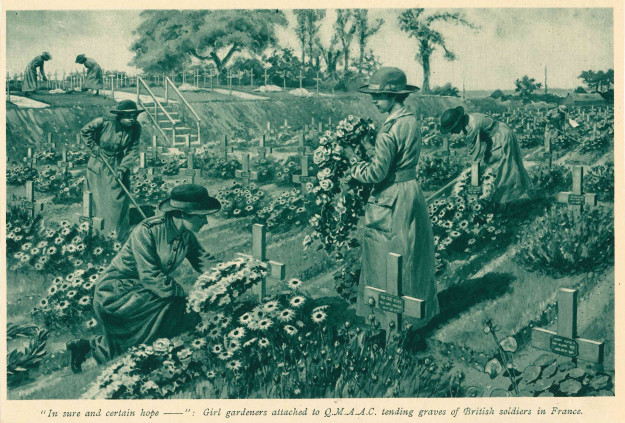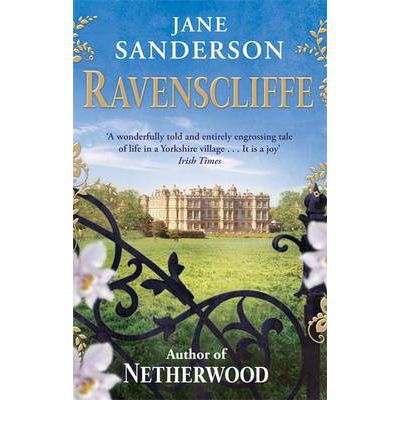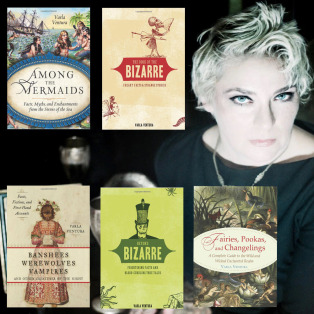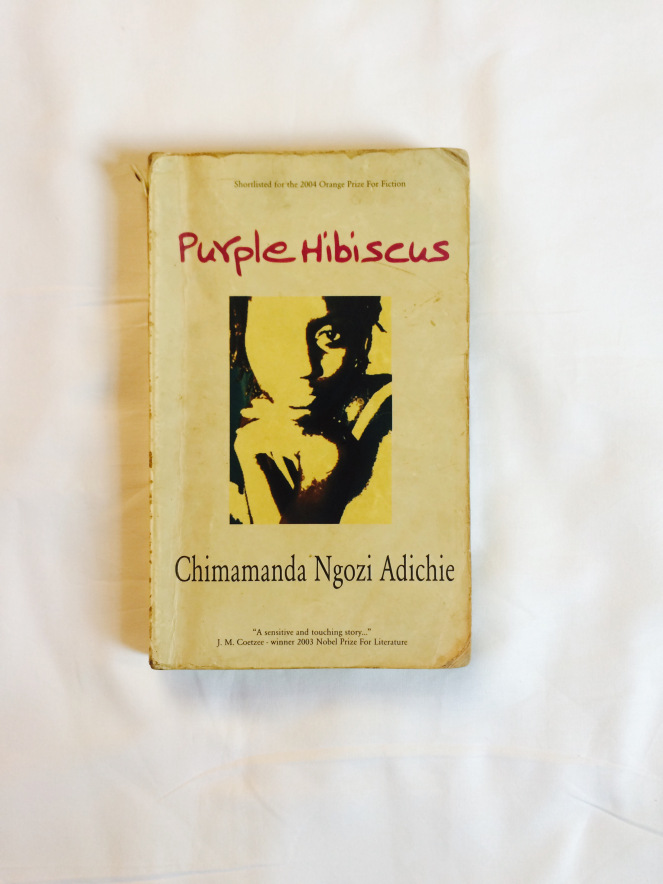
Interesting print in my collection of “girl gardeners” with the Q.M.A.A.C or Queen Mary’s Auxiliary Army Corps in an unnamed WW1 magazine, showing temporary wooden crosses, most likely in a war hospital cemetery in France.
The gardening and grave tending by these smartly uniformed women was part of the fabulous English cottage style garden tradition maintained in many cemeteries by the Imperial War Garves Commission (now the CWGC).
http://www.cwgc.org/about-us/what-we-do/horticulture.aspx
A more realistic photgraphic image of this scene and task can be seen in the IWM collection Q 8027 taken of the QMAAC by pioneering female photographer Olive Edis in 1919. http://www.iwm.org.uk/collections/item/object/205194668
The Returned Project
Nick Stone and volunteers are now cataloguing surviving WW1 wooden crosses or grave markers (seen in the illustration) that were returned home during or after the war, when the original wooden crosses were replaced by the familiar CWGC white headstones http://thereturned.co.uk/
Interesting BBC news story about the Returned Project and some of the known markers http://www.bbc.co.uk/news/uk-england-norfolk-40446229
I remember seeing one at Castle Drogo chapel in Devon (National Trust) which has already been added to their list or map of known sites, awaiting a photograph / survey.
If you know of any of these surviving wooden grave markers in local churches, museums, great houses, private collections or community halls, plaese check the map as they are trying to log and photograph as many as possible as part of the WW1 centenary.
Further details on their website http://thereturned.co.uk/
Blogposted by Mark Norris, Devoran War Memorial Project, 27 July 2017
Advertisements Share this:




